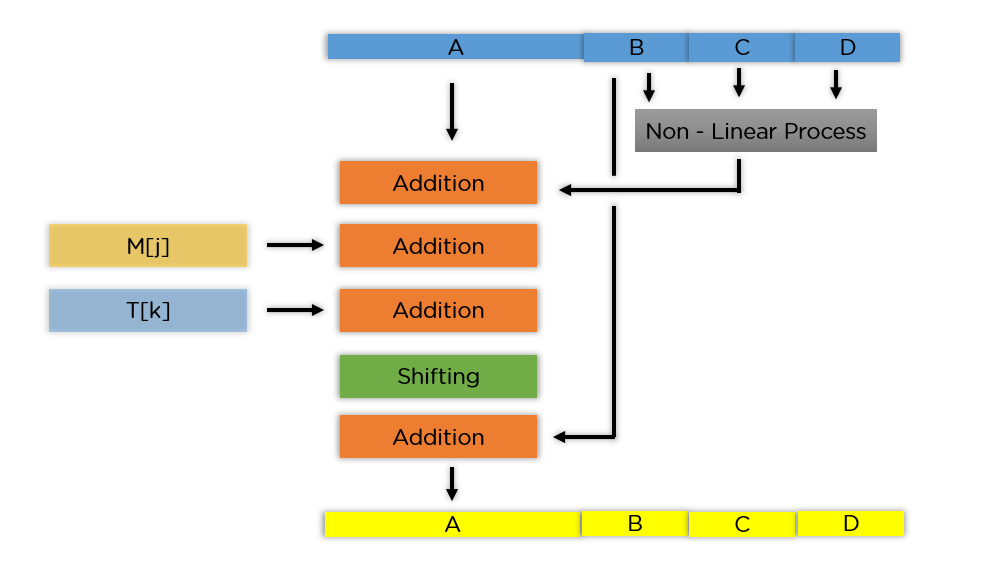In the realm of cybersecurity, MD5 (Message Digest Algorithm 5) hashes are widely used for various purposes, including password storage, digital signatures, and file integrity checks. However, MD5 is no longer considered secure due to vulnerabilities that allow for the creation of hash collisions, where different inputs produce the same hash value. As a result, cracking MD5 hashes has become a common practice among hackers and security researchers alike. In this article, we will explore five popular methods used for cracking MD5 hashes, their techniques, and their implications for cybersecurity.
1. Brute Force Attack
A brute force attack is one of the most straightforward methods for cracking MD5 hashes. In this method, an attacker generates all possible combinations of characters (such as letters, numbers, and symbols) and calculates their MD5 hashes. These hashes are then compared to the target hash until a match is found. Brute force attacks can be time-consuming and resource-intensive, especially for longer and more complex passwords. However, with the advent of powerful hardware and specialized software, brute force attacks have become increasingly feasible for cracking MD5 hashes.
2. Dictionary Attack
A dictionary attack is another common method used for cracking MD5 hashes. In this approach, an attacker uses a precompiled list of commonly used passwords, known as a dictionary, and calculates the MD5 hash for each entry in the list. The resulting hashes are compared to the target hash to identify a match. Dictionary attacks are often more efficient than brute force attacks, as they leverage the likelihood that users will choose easily guessable passwords. Attackers can also create custom dictionaries tailored to specific target demographics or known password patterns.
3. Rainbow Table Attack
A rainbow table attack is a more sophisticated method for cracking MD5 hashes that exploits the vulnerabilities in hash functions’ collision resistance. In a rainbow table attack, an attacker precomputes a large database of hash values for a comprehensive set of possible inputs. This database, known as a rainbow table, allows the attacker to quickly look up the hash value of a given input and identify any matches. While rainbow table attacks require significant computational resources and storage space to create and maintain the tables, they can be highly effective for cracking MD5 hashes, especially for common or predictable inputs.
4. Collision Attack
A collision attack targets the inherent weaknesses in MD5’s collision resistance, where different inputs produce the same hash value. In a collision attack, an attacker generates two distinct inputs that produce the same MD5 hash, known as a collision. This allows the attacker to create a malicious file with the same hash as a legitimate one, bypassing integrity checks and potentially executing arbitrary code. Collision attacks exploit flaws in the MD5 algorithm’s design and can have serious implications for cybersecurity, as they undermine the reliability of MD5 hashes for data verification and authentication.

5. GPU Acceleration
GPU (Graphics Processing Unit) acceleration is a technique used to enhance the speed and efficiency of MD5 hash cracking. GPUs are highly parallelized computing devices capable of performing numerous calculations simultaneously, making them well-suited for cryptographic operations like MD5 hashing. By harnessing the processing power of GPUs, attackers can significantly accelerate the brute force, dictionary, and rainbow table attacks, making them more practical and cost-effective. GPU acceleration has become increasingly prevalent in MD5 hash cracking tools, enabling attackers to crack hashes more quickly and efficiently than with traditional CPU-based methods.
Implications for Cybersecurity
The prevalence of MD5 hash cracking methods poses significant implications for cybersecurity:
- Password Security: Weak or easily guessable passwords are vulnerable to dictionary and brute force attacks, highlighting the importance of using strong, unique passwords for protecting sensitive accounts and data.
- Data Integrity: The vulnerabilities in MD5’s collision resistance undermine its reliability for data integrity checks and digital signatures. Organizations should transition to more secure hashing algorithms, such as SHA-256, to mitigate the risk of hash collisions.
- Cryptographic Standards: The widespread availability of MD5 hash cracking tools underscores the need for cryptographic standards bodies and software developers to deprecate MD5 and adopt more secure alternatives to protect against modern threats.
Mitigation Strategies
To mitigate the risk of MD5 hash cracking attacks, organizations and individuals can take the following measures:
- Use Strong Passwords: Encourage users to create strong, unique passwords and implement password policies that enforce complexity requirements.
- Implement Multi-Factor Authentication: Augment password-based authentication with additional factors, such as biometrics or one-time passwords, to enhance security.
- Upgrade Hashing Algorithms: Transition to more secure hashing algorithms, such as SHA-256 or bcrypt, for password storage and data integrity checks.
- Regularly Update Systems: Keep software and systems up-to-date with the latest security patches and recommendations from industry standards bodies.
MD5 hash cracking methods pose significant challenges to cybersecurity, undermining password security, data integrity, and cryptographic standards. Attackers leverage brute force, dictionary, rainbow table, collision attacks, and GPU acceleration to crack MD5 hashes and exploit their vulnerabilities. To defend against these threats, organizations and individuals must prioritize strong password practices, upgrade to secure hashing algorithms, and remain vigilant

